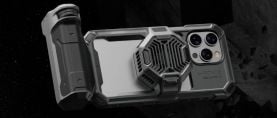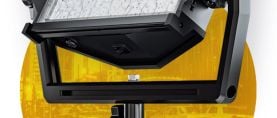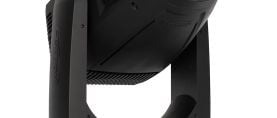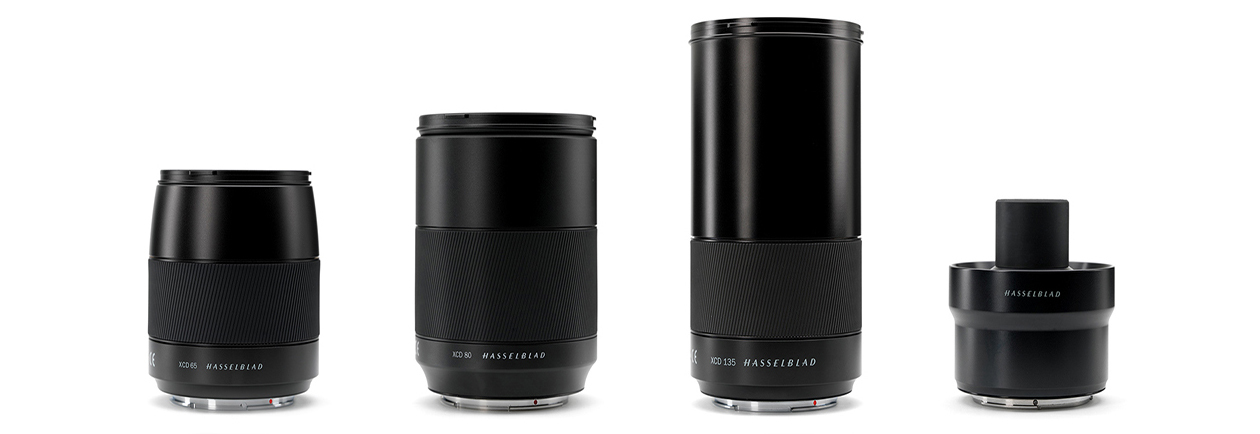
Hasselblad Intros XCD 1,9/80, XCD 2,8/65 and XCD 2,8/135 Telephoto Lenses
Company offers three new medium-format lenses, including their fastest iris ever, plus a new 1.7x tele-extender.
Company offers three new medium-format lenses, including their fastest iris ever, plus a new 1.7x tele-extender.
Joining a new lens that features Hasselblad’s largest aperture available, the XCD lens family for the X1D-50c mirrorless medium format and other X1D cameras has expanded to a total of nine focal lengths.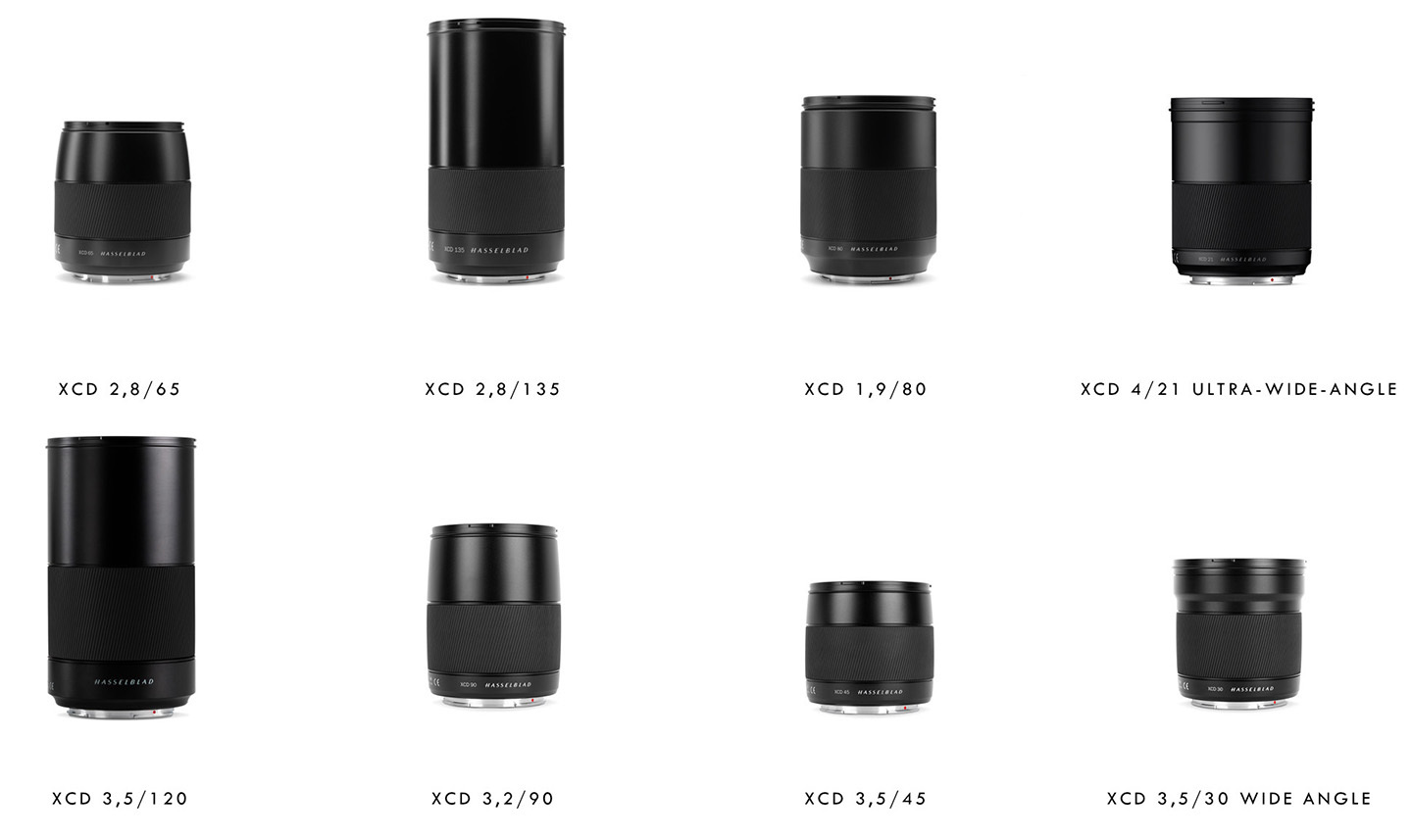
Adding Hasselblad XCD 1,9/80, XCD 2,8/65 and XCD 2,8/135 telephoto as well as dedicated Hasselblad 1.7x Converter, the three lenses and coverage expander come hot on the heels of the company’s widest available focal length, the $3,750 or the XCD 4/21, a 21mm (f.4), released last May.
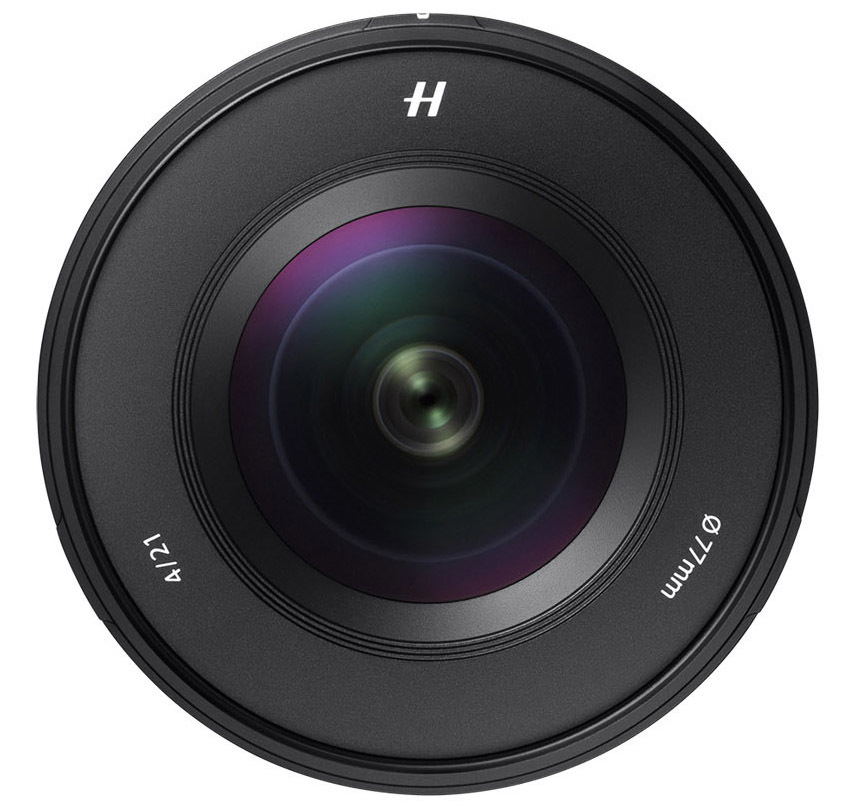
The Hasselblad XCD 1,9/80 offers an aperture at (f1.9) for their shallowest focus yet. Alongside precise manual focus, there is a twin motor drive for autofocus performance. Optical construction and rigorous calibrations mitigate the poor bokeh results seen in high-aperture lenses with aspherical designs. Designed for portrait, nature and product photography, the XCD 80mm gives an equivalent view of 63mm on full-frame sensors for enhanced subject isolation and very shallow depth of field.
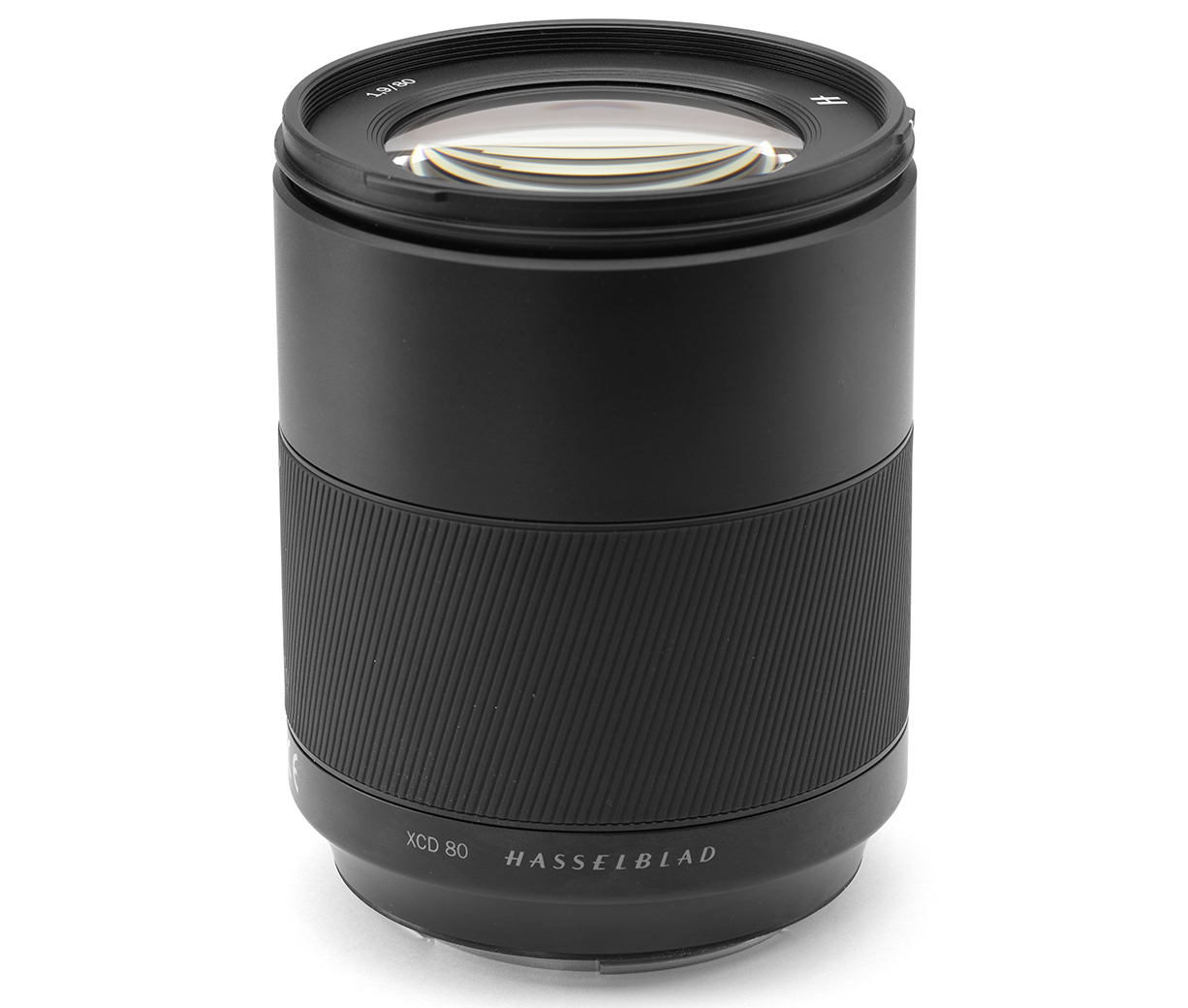
Offered as a standard focal length choice for Hasselblad X System users, the XCD 2,8/65 gives 50mm in 35mm equivalence, similar in field of view to that of typical human vision. With (f2.8) maximum aperture and 0.5m (20") minimum focusing distance, Hasselblad suggests it as a versatile solution for general, street and reportage work.
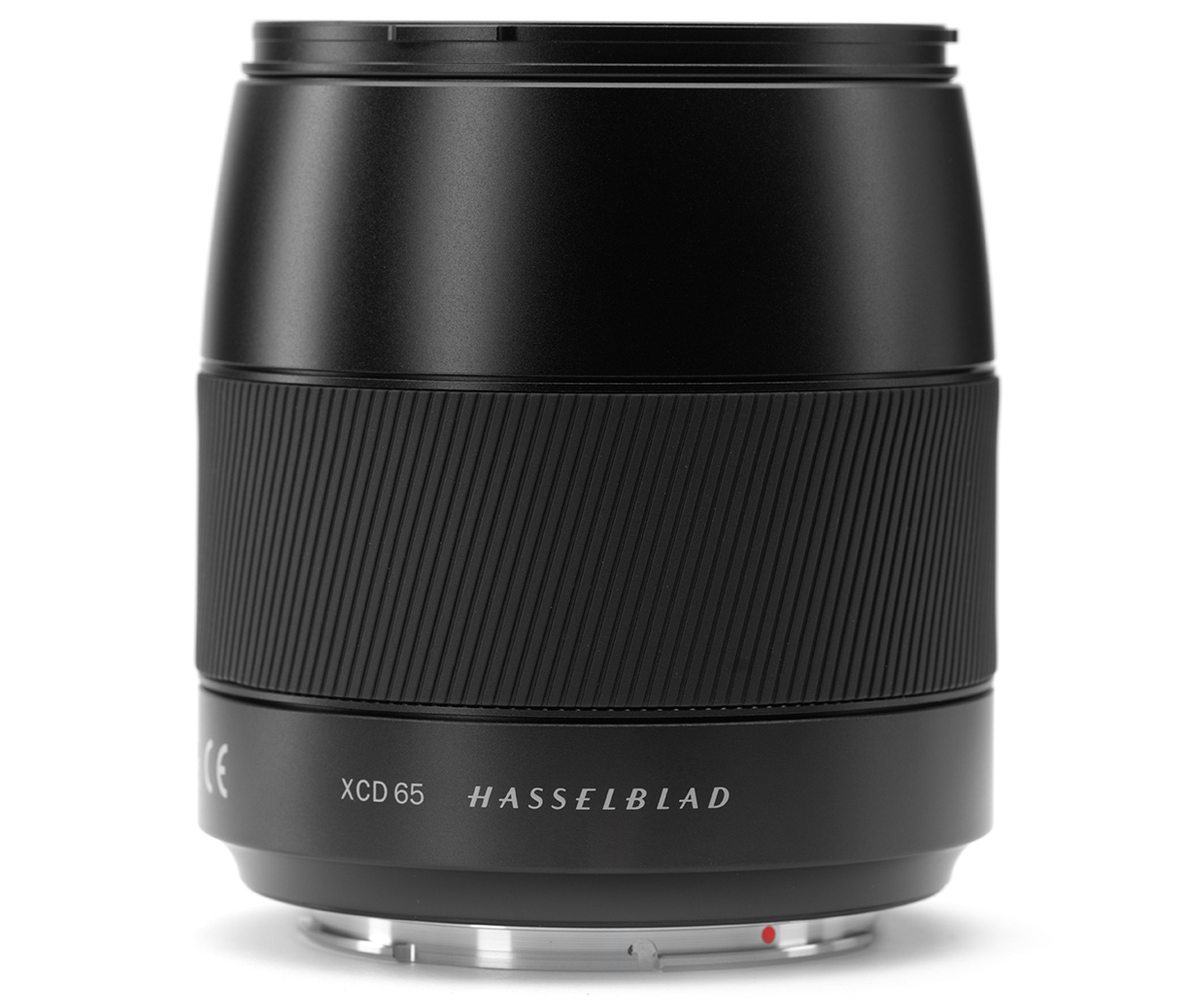
Medium-format in still photography refers to a sensor of film plane with dimensions larger than 35mm film, called full-frame, or large-format in motion-picture photography. Large-format in still photography would be larger than 4"x5".
“Hasselblad’s large sensors mean a higher pixel count and a larger pixel size," according to the press release. "With larger pixels, more light is recorded, enabling the sensor to provide better light gathering power. Combining this light gathering power, the sensor’s very low noise level and Hasselblad’s world-renowned image processing delivers an immense dynamic range, producing the stunning, life-like image quality of Hasselblad medium format files.
"To illustrate a comparison, Hasselblad’s 50MP CMOS sensor delivers a pixel size of 5.3 microns and the H6D-100c’s 100MP sensor delivers a pixel size of 4.6 microns; compared with Hasselblad’s 50MP CMOS sensor, a similar resolution 35mm format camera would have a pixel size of around 4.14 microns, giving the Hasselblad a 64% increase in light-gathering power.”
Growing their range of telephotos, the XCD 2,8/135 and X Converter 1,7 is available in paired kit or simply as standalone lens option. The Hasselblad XCD 135mm and X Converter 1,7 were designed as a cohesive unit to ensure the maximum image quality when the teleconverter is used. Without teleconverter, the XCD 135mm has constant aperture range of (f2.8-32), minimum focus at 1m (40"), and and field of view similar to 105mm. Starting at (f4.8) iris, the X Converter 1,7 extends coverage to 230mm, or 178mm in equivalence.

Including the three newest models, each XCD lens in the line has integral central shutter for exposure times from 60 minutes to 1/2000s. For still photography, full-flash synchronization is available throughout the entire range of shutter speeds.
Shipping in December of 2018, the $4,845 Hasselblad XCD 80mm, $2,750 XCD 65mm, and $4,050 XCD 135mm lenses are available for preorder. The XCD 135mm lens with X Converter 1,7 has list price of $4,845.
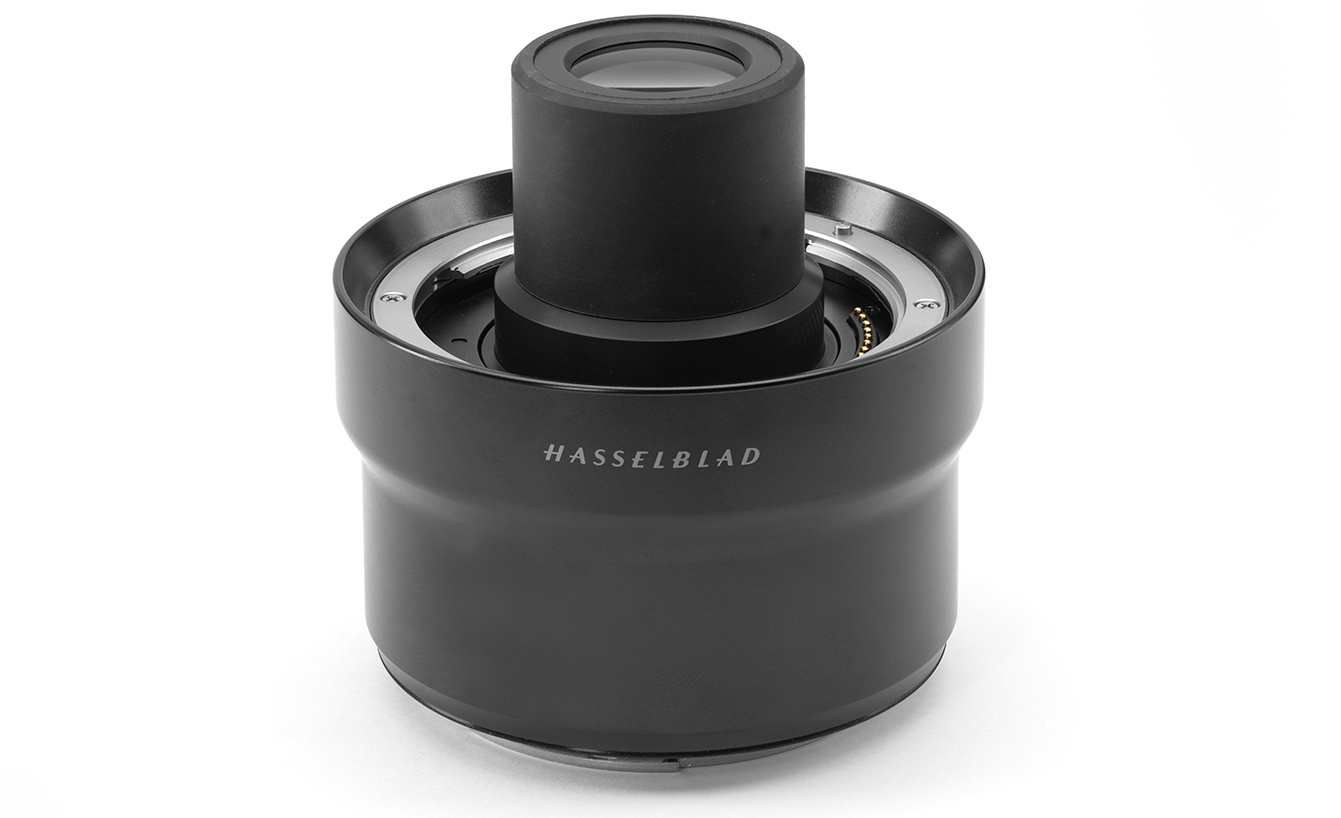
In 2016, Hasselblad launched their first mirrorless medium-format digital camera system, the X1D, now succeeded by the X1D-50c. Previously, the five native Hasselblad XCD lenses covered a range of 21-120mm. With 1920 x 1080 at 25fps, the X1D series will also support Hasselblad’s HC/HCD and XPan Lenses.
In August, they released the $249 XV Lens Adapter to mount more than 60 focal lengths in the V System of lenses, currently covering a range of 30-500mm. It also extends compatibility to the full line of C, CB, CF, CFI, CFE, F and FE lenses using the X1D-50c’s electronic shutter feature.
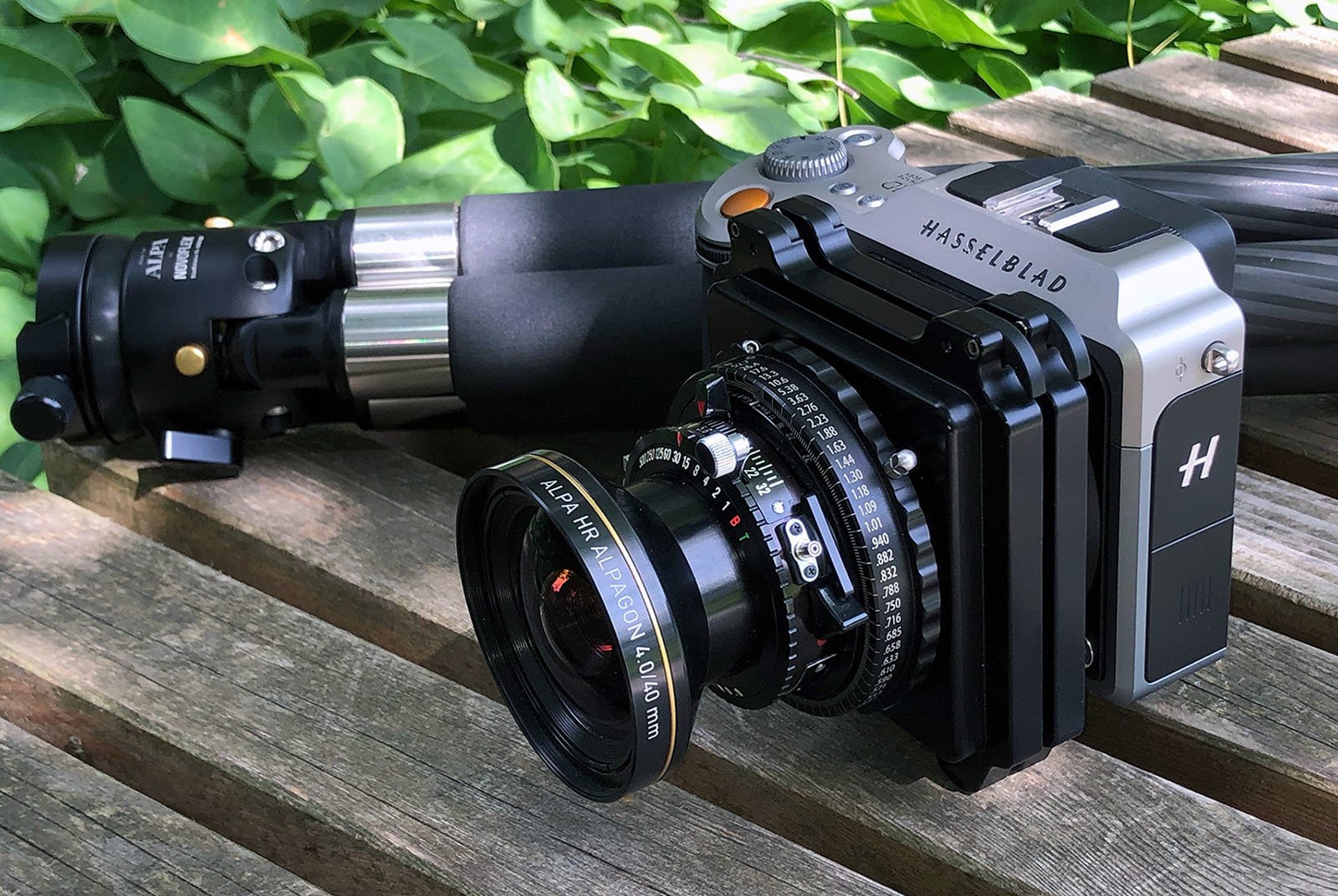
Capable of up to 3840 x 2160p capture at 30 fps and HD in H.264 at 25 fps, Zurich’s Alpa recently announced the Hasselblad H6D-100c digital back as a kit option for their Alpa line of medium-format cameras. Alpa’s “Platon” models are designed for Arri PL and Canon EF lenses with an adaptor for Pentax 67 format planned. Announced last June, there is an HXD adaptor for Hasselblad X-cameras to use ALPA/Rodenstock optics from 32 to 180 mm on the Hasselblad X1D already available.
Headquartered in Gothenburg, Sweden, global offices in New York, London, Tokyo, Paris, Copenhagen, Hamburg and Shenzhen join distributors worldwide. Founded in 1941, Hasselblad cameras have been used by clients like NASA for historic moments as defining as the first Moon landing.
At Photokina (Sept 26-29), in Cologne, Germany, they published the Hasselblad Masters Volume 6: Innovate print book, a bi-annual compilation of photography from the the Hasselblad Masters competition.
Follow Hasselblad on Facebook, Instagram and Twitter.
Stay up to date with American Cinematographer on Facebook, Instagram and Twitter.
